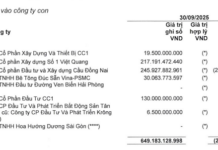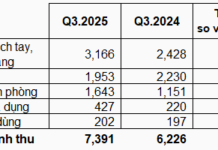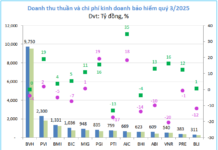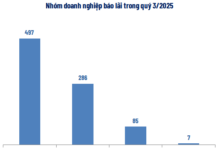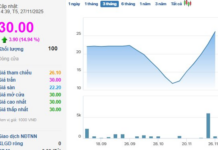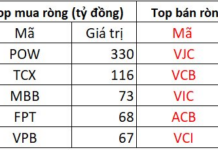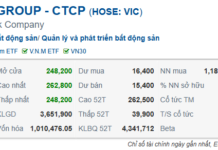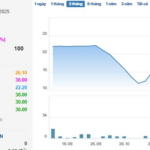Russia’s Oil and Gas Flow to Europe: A Complex Geopolitical Issue
The flow of Russian oil and gas into the EU has been a hot topic for the past two and a half years since the start of the Russia-Ukraine conflict. A recent development regarding Ukraine’s decision to sanction Russian oil company Lukoil has added a new layer of complexity to this geopolitical issue.
In June, Ukraine imposed sanctions on Lukoil, directly preventing the company from using its territory to supply oil to other countries. This move has impacted the supply of Russian oil to Hungary, Slovakia, and the Czech Republic, which receive their oil through the Druzhba pipeline that runs through Ukraine.
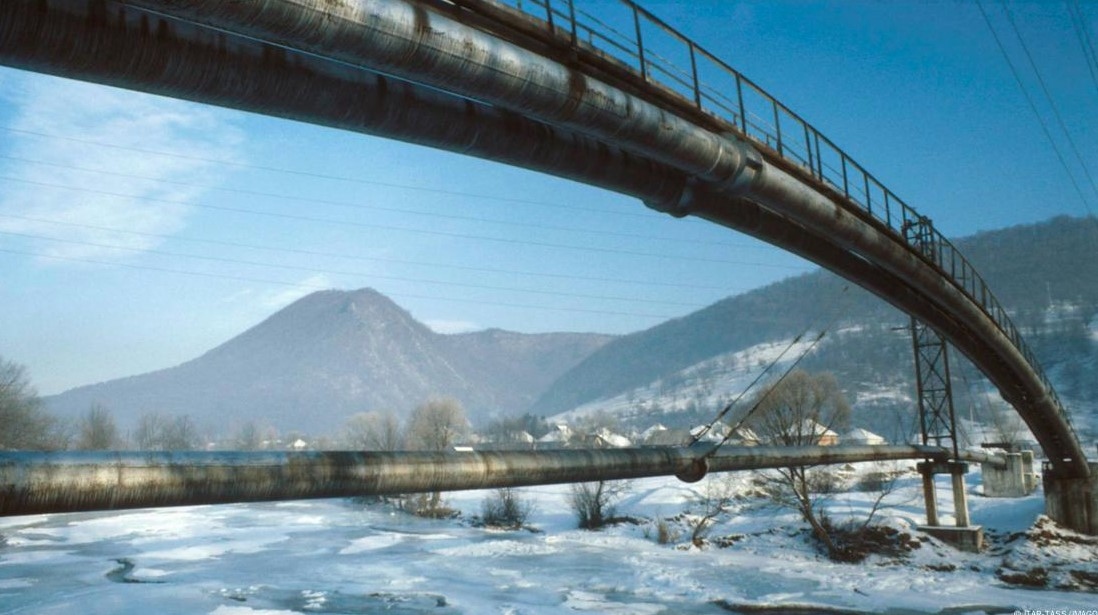
The Druzhba pipeline has been transporting Russian oil to Europe for decades. Image: ITAR-TASS/IMAGO
According to the Center for Research on Energy and Clean Air (CREA), Hungary, Slovakia, and the Czech Republic imported €2.6 billion worth of Russian oil in the first half of 2024. Hungary and Slovakia, being the most dependent on these supplies, reacted angrily to Ukraine’s move and have requested the European Commission to intervene.
A European Commission spokesperson told DW that they are currently gathering detailed information to assess the impact of Ukraine’s measures on the oil supply to Hungary and Slovakia. The spokesperson added that they are in contact with the Ukrainian authorities and are working to find alternative supply routes and costs associated with them.
Hungary’s dependence on Russian oil is significant, with Lukoil supplying almost half of its imports. Hungarian Foreign Minister Peter Szijjarto has expressed concerns about the impact of Ukraine’s actions on his country’s energy security. Experts warn that if a solution is not found soon, Hungary could face soaring electricity prices and potential blackouts in the coming weeks.
Has the Flow of Russian Oil to Europe Decreased?
According to Vaibhav Raghunandan, an analyst at CREA, Hungary’s oil imports have decreased since Ukraine’s sanctions on Lukoil. Based on data up to July 20, 2023, Raghunandan noted that “imports have dropped by a third compared to June.”
Other Russian companies that supply oil through the Druzhba pipeline, such as Rosneft and Tatneft, have not been sanctioned and can continue to transport oil through the pipeline.
Why Do Some European Countries Still Receive Russian Oil?
While the EU has banned the sea transport of Russian oil since December 2022, it has allowed landlocked countries like Hungary, Slovakia, and the Czech Republic to continue importing oil through pipelines due to their geographical position and dependence on Russian supplies. However, this has led to an increase in the overall volume of Russian oil imported by these countries since the start of the conflict.
Raghunandan points out that Hungary, in particular, has increased its imports of Russian oil by 56% since 2021, contrary to the EU’s goal of reducing dependence on Russian energy sources. Despite this, the total imports of Russian oil by the EU have decreased by 90% since the conflict began.

The Situation with Natural Gas Imports from Russia
The situation with natural gas imports from Russia is slightly different. As natural gas has not been officially sanctioned by the EU, it continues to pose a challenge. EU member states imported €11 billion worth of oil and gas from Russia in the first half of 2024, with €3.6 billion in liquefied natural gas (LNG) and €4.8 billion through pipelines.
While the EU has significantly reduced its imports of Russian gas, some member states, such as Austria, Hungary, and Slovakia, remain heavily dependent on Russian gas transported through Ukraine. Additionally, countries like the Netherlands, Spain, and France import significant volumes of Russian LNG, some of which is then re-exported to third countries, creating a complex dynamic within the EU energy market.
According to CREA, 21% of the Russian LNG imported by the EU is re-exported, a process known as transshipment. While the EU continues to encourage member states to reduce their reliance on Russian gas, whether through pipelines or LNG, a complete ban on Russian energy imports has not been implemented.
What’s Next for Europe?
The next steps in this complex situation are yet to be determined. Hungary and Slovakia have requested the EU to intervene and negotiate with Ukraine regarding the impact of its sanctions on their energy supplies. However, the EU has stated that it needs more time to gather information and assess the legal implications of such a move.
Ukraine could further restrict the flow of oil through the Druzhba pipeline by targeting other Russian companies transporting hydrocarbons. Hungary, being the most dependent on Russian oil, could face significant challenges if alternative supply routes are not established soon.
Additionally, the upcoming expiration of Ukraine’s gas transit contract with Russia in December 2024 could lead to further disruptions in the flow of natural gas to Europe. Raghunandan notes that “gas through the pipeline from Russia will stop flowing to Europe via Ukraine starting January 2025,” indicating a potential escalation in the energy crisis in the coming months.
Austria, Hungary, and Slovakia remain heavily reliant on this gas transit route, although Hungary also imports gas through the TurkStream pipeline in the south, which is expected to continue operating without disruption.
India boosts US crude oil purchases as supply from Russia faces difficulties
India, the world’s third-largest energy consumer, is increasing its purchases of crude oil from the United States as Western sanctions continue to tighten the oil production sector in Russia.











